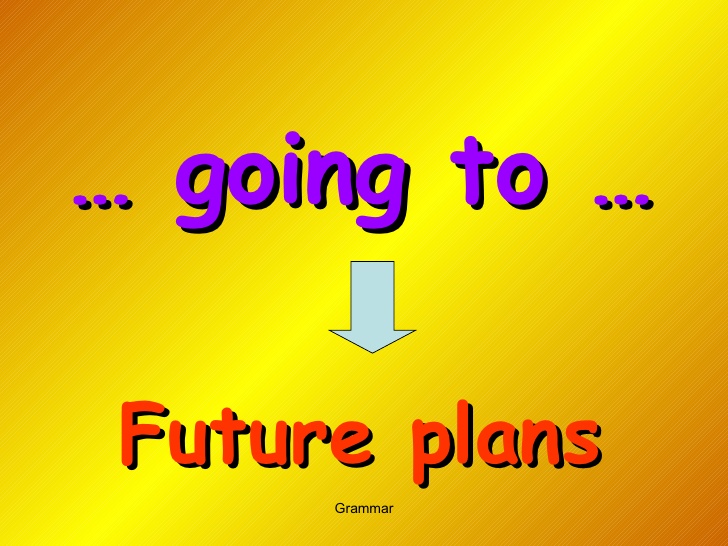Contents
Future plan
In addition to the simple future tense, we can talk about future events by using either:
- the present continuous, or
- to be (in the simple present) + going to +verb.
These two forms are used to talk about future plans. There are, however, some differences between the two forms.
1. The present continuous for future plans:
The present continuous is used when we say what we have planned and arranged to do at a specific time in the future. These are fixed plans with definite time and/or place.
Examples:
- I‘m doing my homework this evening.
- I‘m starting university in September.
- Sally is meeting John at seven o’clock this evening in a restaurant downtown.
2. To be + going to + verb:
A. We use ‘going to’ to express the future when we intend to do something or have decided to do something but did not arrange it. It is just an intention.
Example:
- A: The windows are dirty.
B: Yes I know. I’m going to clean them later.
= I’ve decided to clean them ,but I haven’t arranged to clean them.
B. We also use ‘going to’ to make predictions.
- Watch out! you are going to break the glass.
- It’s so cloudy! I think it’s going to rain.

